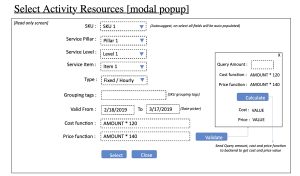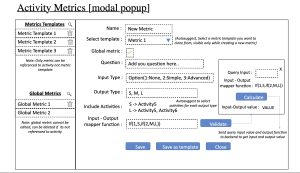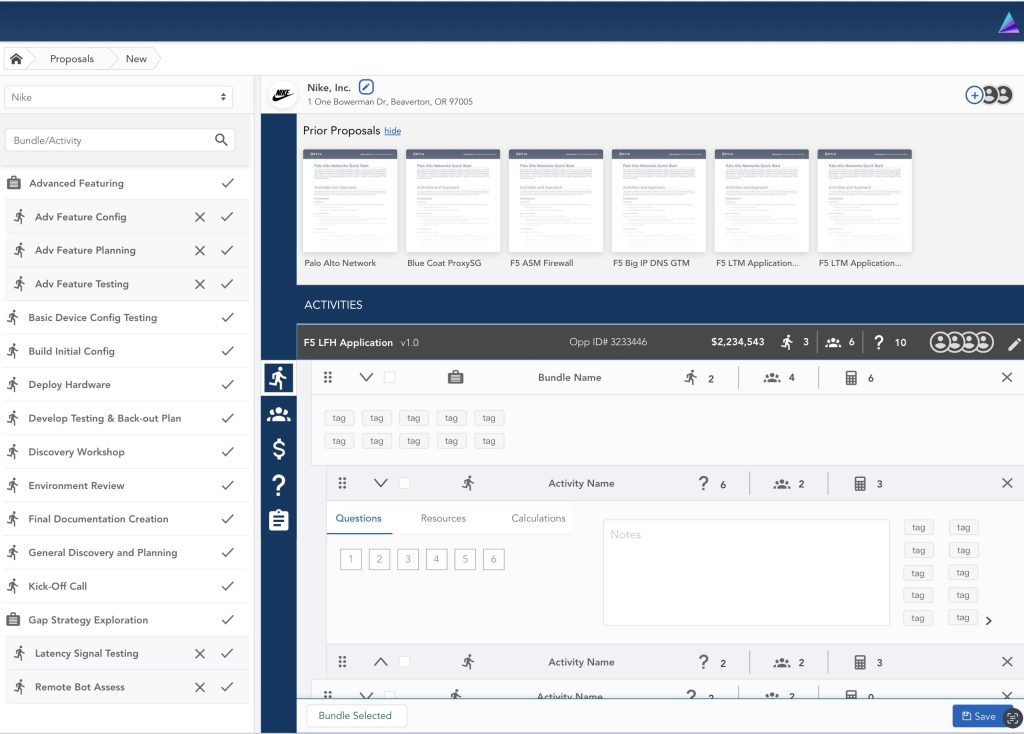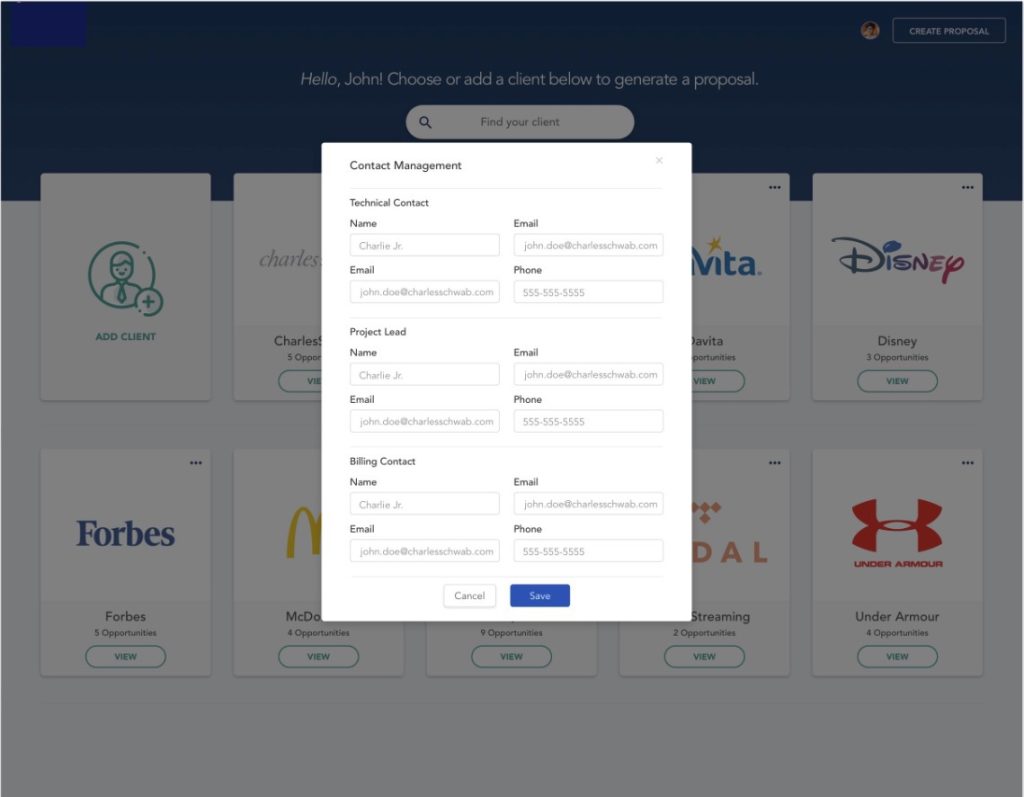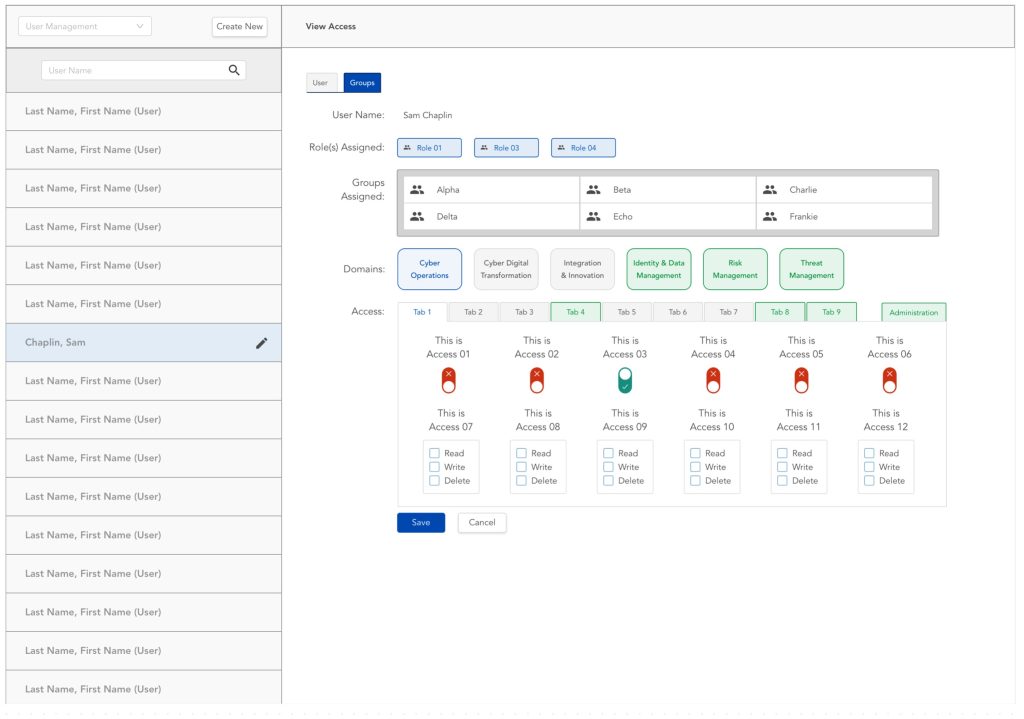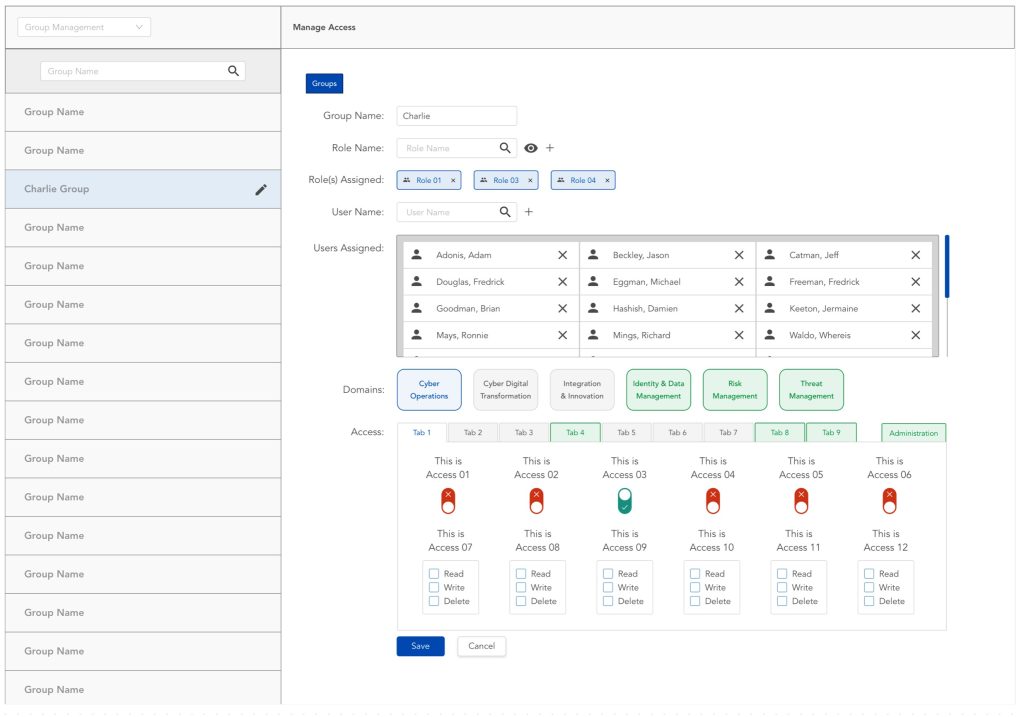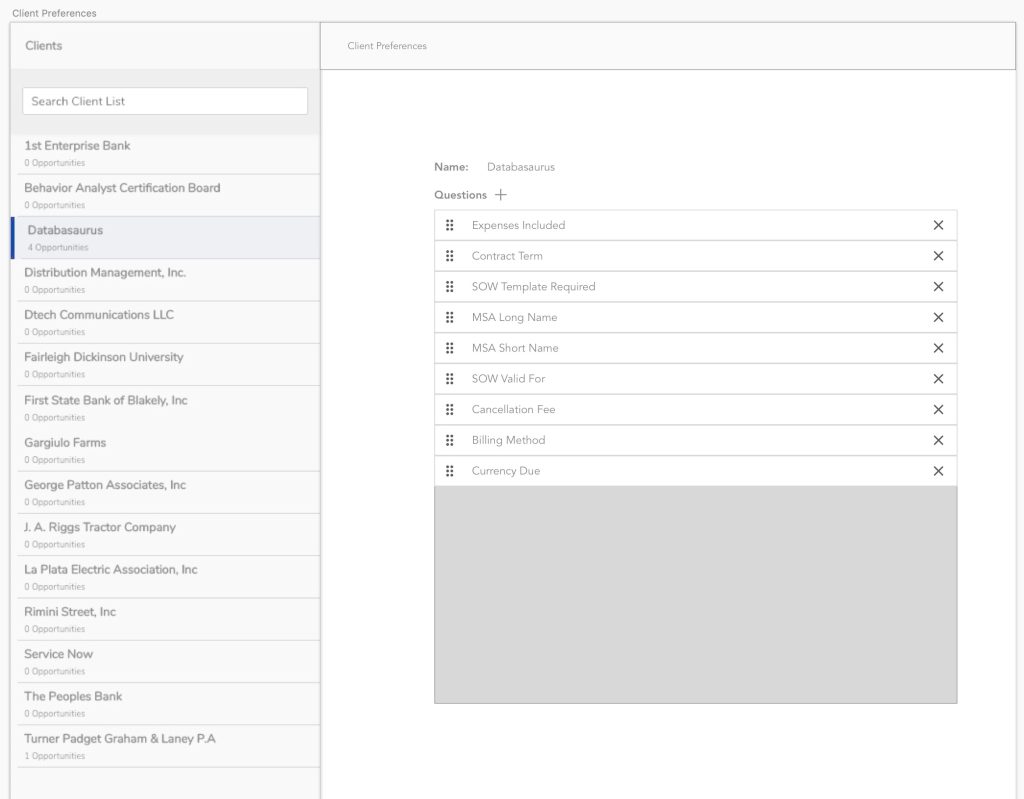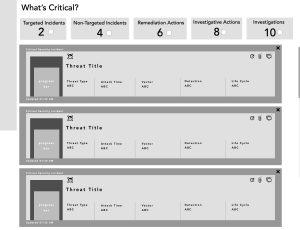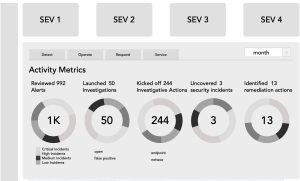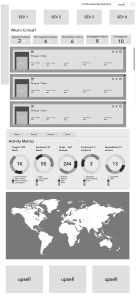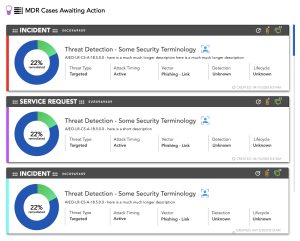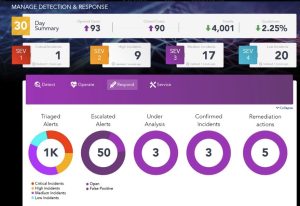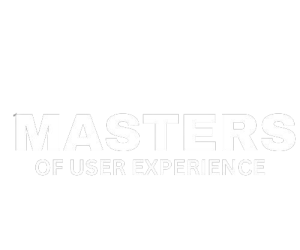OPTIon
Full Stack Product Architect
Responsible for working with global cross-functional teams to drive design vision and strategy that meets the needs of OPTion users and stakeholder asks. Assisted in translating business requirements into design specifications in order to execute the vision of the company through intuitive yet creative user experience architecture & design. Individual contributor to complete architect, design & UX library management.
The Problem
At OpTion Cyber Security, the task of transforming the SOW process from a cumbersome spreadsheet-based system into a streamlined web application had stumped several architects before me. The system required a design that was not only intuitive for front-end users but also complex enough on the backend to handle intricate calculations and personnel management.
Prior efforts were further hampered by internal challenges, including resistance from management, which led to significant delays and internal turmoil. Despite these obstacles, I was able to focus and overcome both the technical and interpersonal challenges in 2 months time. My approach focused on simplifying the user experience for top level sales executives and work backwards, ensuring that even complex backend processes were automated and invisible to the end user.
The Solution
To address the challenges at OpTion Cyber Security, I implemented a comprehensive solution that streamlined the previously cumbersome process of creating a Statement of Work (SOW). The key to success was designing a web application that simplified the user experience for sales executives while handling complex backend requirements like detailed calculations and personnel management.
By consolidating the dozen Excel spreadsheets into a cohesive online system, I was able to drastically reduce the time required to generate SOWs, cutting it down from weeks to just days. The front-end design focused on practicality and ease of use, ensuring that even users with minimal technical expertise could navigate it effectively. Simultaneously, the backend was designed to handle the system’s complex data processing and calculations, ensuring scalability and reliability.
This solution not only improved productivity but also created a scalable and sustainable system that aligned with OpTion’s long-term business goals, offering a vastly improved experience for all levels of sales professionals.
Running design workshops and helping to guide, improve, and implement design and feedback processes utilizing Sketch and visual interaction.
Created journey maps and service blueprints that helped to define the experience & generate measurable KPIs
Using facilitative leadership skills to drive the best representation for Data Visualization for stakeholders, partners, and end-users clients.
WireFrames
Mockups
The Problem
The second problem at OpTion Cyber Security revolved around the outdated Client Portal, which significantly hampered client productivity and usability. The portal’s structure was overly complex, making it difficult for users to navigate through key features and tools. Critical information and services were scattered across multiple locations, requiring clients to switch between complex and disconnect views, which not only slowed down their workflows but also led to significant frustration. The user interface was neither intuitive nor efficient, lacking clear organization and proper integration of cybersecurity tools.
Clients struggled with the lack of a cohesive design, making it harder to access the necessary resources quickly and efficiently. Additionally, the portal’s poor responsiveness and limited scalability meant it couldn’t adapt to clients’ growing needs or accommodate new technologies seamlessly. This disjointed experience not only reduced client satisfaction but also hindered OpTion’s ability to deliver its cybersecurity solutions effectively. As a result, there was an urgent need to redesign the Client Portal to offer a more intuitive, integrated, and user-friendly experience that would better align with both client expectations and OpTion’s business goals.
The Solution
The solution for the Client Portal at OpTion Cyber Security involved a complete redesign, focusing on creating a more intuitive and streamlined user experience. I implemented a centralized system that integrated all key features and tools in one easily navigable interface, eliminating the need for clients to switch between multiple systems. The new design prioritized user-friendly navigation and logical information architecture, making it easier for clients to access critical tools and data efficiently.
By focusing on responsive design, the portal became scalable, adapting seamlessly to both current and future client needs. This ensured that users could interact with the system across different devices without compromising functionality or performance. Backend improvements enabled smooth integration of various cybersecurity tools, ensuring users had a unified experience without any interruptions or delays.
Additionally, I collaborated closely with clients and internal teams to understand pain points and gather feedback during the design process, ensuring the final portal met both user needs and business objectives. The redesigned portal not only improved client satisfaction but also streamlined their workflows, enhancing their ability to manage cybersecurity risks and tools with greater efficiency. Ultimately, the revamped Client Portal aligned OpTion’s services with its goal of delivering top-tier cybersecurity solutions in a user-friendly, cohesive platform.
Client Portal
Building positive, collaborative relationships with product management, development, marketing, and the broader UX/UI team, as well as continuously “raising the bar” as an effective leader of positive change as lead UX Designer
Product architecture and designer applying strategic thinking to visualize ideas and concepts and communicate them effectively and compellingly for internal stakeholders, partners, and customers
Solved complex user problems by synthesizing a vast array of product (SaaS) calculations with behavioral information to produce world-class project management software
Defining utilizing design language to articulate solutions as a concept designer and UX champion creating UI that makes the complex consumable and intuitive.

